Dongfeng Motor Corporation is a Chinese state-owned automobile manufacturer headquartered in Wuhan, China. Traditionally one of the “Big Three” Chinese automakers,[4] Dongfeng is currently in the top four in terms of output along with Chang’an Motors, FAW Group, and SAIC Motor.[5]
In addition to commercial and consumer vehicles, it also manufactures parts and cooperates with foreign companies, with joint ventures like Dongfeng Yueda Kia Automobile Company, Dongfeng Honda Automobile, Dongfeng Motor Company, Dongfeng Peugeot-Citroën and Dongfeng Renault. Counting six global automakers as partners, it has more Sino-foreign joint ventures than any other Chinese carmaker. Other brand names associated with Dongfeng include Fengshen, Infiniti, Luxgen, and Venucia. Heavy-duty commercial vehicles and buses are sold under the eponymous Dongfeng brand although c. 2010 the “Dual Sparrows” logo started appearing on consumer products as well.
The company was the second-largest Chinese vehicle maker in 2014 by production volume manufacturing over 3.5 million whole vehicles that year. Commercial vehicle production that year was higher than all other domestic manufacturers at nearly 450,000.[6]
Dongfeng has two listed subsidiaries—Dongfeng Motor Group Co (SEHK: 0489) (东风汽车集团股份有限公司, abbr. 东风集团股份)[7] and Dongfeng Automobile Co Ltd (SSE: 600006) (东风汽车股份有限公司).[8]
Some sources may refer to the company as Dong Feng, use an acronym like DFM, or use the name in conjunction with others when referring to a subsidiary, joint venture, or other associated enterprise. “Dongfeng Yueda Kia”, for example.
History
1969 to 2000
Known as Second Automobile Works (第二汽车制造厂) until 1992,[9] Dongfeng, or “East Wind” in Chinese, was founded in 1969.[4] Its origins lie in a dictate of Chairman Mao Zedong; as part of his “Third Front” strategy, its far inland location in Hubei Province was meant to protect it from foreign invasion.[4] Traditionally manufacturing commercial vehicles, by 2001 these made up about 73% of Dongfeng’s production.[10] By 2012, that figure had reversed, and 73% of manufactures were passenger cars.[11] However, the percentage of consumer offerings was likely lower as passenger car counts may include microvans, tiny commercial vehicles that are popular in China.
Between 1978-1985[12] alongside the market-based Chinese economic reforms instituted by Deng Xiaoping, Dongfeng was transformed from a manufacturer of two heavy-duty trucks[4] with fragmented operations and ownership into a single, centrally managed enterprise.[12] This process included placing all Dongfeng operations—from part manufacture to vehicle assembly—under the control of a single business entity and the merger of six truck production bases as well as a number of other companies previously controlled by provincial governments.[13] Post-1985, further reforms took place that allowed Dongfeng greater autonomy; the company was removed from the direct administrative control of the central government.[13]
By the mid-1980s, its assets had tripled from those initially given to it by the state in 1981, and management was desirous of even greater production capacity.[14]But in 1995, the company was experiencing financial difficulties as was the case with many Chinese automobile manufacturers at this time.[15] The situation was still dire in 1998 precipitating a 1999 restructuring of the company.[4]
This state owned enterprise[16] has come into conflict with authority at both the national and provincial levels.[17] Alongside First Automobile Works it saw the successful dismantling of the Automobile Corporation, a central government entity presumably tasked with preventing non-competitive business practices through dictating output volumes and curtailing purchasing as well as exasperation at the right of the State to make managerial appointments.[14]
The Chinese partner in many Sino-foreign joint venture companies, Dongfeng initiated most of these cooperative efforts with foreign firms in the early 2000s. But its first was established in 1992 with French PSA Group. Known as Dongfeng Citroën Automobile Company (DCAC), it was the forerunner to the current Dongfeng Peugeot-Citroën Automobile Limited (DPCA).[18]
2000 to 2010
By 2003, Dongfeng had established joint ventures with Kia Motors (Dongfeng Yueda Kia Automobile Company, 2002[19]), Honda (Dongfeng Honda Automobile, 2003[20]), and Nissan (Dongfeng Motor Company, 2003[21]). As of 2011, it had more Sino-foreign joint ventures than any other Chinese automaker,[4] and the 2013 creation of a partnership with French Renault means it retains this title today.
In 2009, it sold 1.9 million vehicles[22] ranking second among domestic automakers[23] and third overall.[5]
2010 to present
At the 2010 Beijing Auto Show, Dongfeng displayed an electric vehicle concept car, a physical representation of its vow to bring an electric car to market by 2015. China subsidises oil, an incentive for the State to spur alternative energy vehicle development, and Chinese automakers see opportunities in less mature electric vehicles because Western companies have yet to develop much of a lead in the technology.[24]
In 2010, the company sold 2.72 million units,[25] making it the second most-productive Chinese vehicle-maker.[26] It reported 1.72 million sales of passenger vehicles that same year.[27]
2011 production figures put the company in second place, in terms of production volume, in its home market; Dongfeng produced 3.06 million vehicles that year.[28]
It was the second-largest Chinese automaker in 2012 by production volume, and Dongfeng manufactured over 2.76 million whole vehicles that year with passenger cars comprising 73% of manufacture.[11] The number of cars counted as passenger vehicles may conflate consumer offerings and tiny commercial trucks and vans known as microvans, however.
Dongfeng established its first research and development facility outside of China in October 2012 when it acquired a 70 percent stake in the Swedish engineering company T Engineering AB.[29]
In December 2013, Dongfeng and the French automaker Renault agreed to form a 50:50 joint venture, Dongfeng Renault Automotive Co Ltd., to manufacture Renault brand passenger cars for the Chinese market.[30] The two partners agreed to invest an initial 7.76 billion yuan (US$1.27 billion) in the venture, which became Dongfeng’s sixth joint venture with a foreign automaker—the most of any Chinese automaker.[31]
In February 2014, loss making PSA Peugeot Citroën, a joint venture partner of Dongfeng since 1992, was recapitalized, with Dongfeng taking a 14% stake.[32]
Self-developed products
Dongfeng sells vehicles under various brand names.[33] Other brands may be associated with products manufactured or assembled by joint-venture companies that see foreign firms cooperate with Dongfeng in order to gain access to the Chinese market.
Dongfeng
Dongfeng Fengdu
Debuting c. 2010, Nissan SUVs bearing the Dongfeng logo may be sold under the brand name Dongfeng Fengdu.[34] Older Nissan tooling may have been set up in China to produce own-brand versions of models such as the X-Trail, etc.[citation needed]
Dongfeng Fengshen
2009 saw the release of an own-brand sedan, the Fengshen S30,[35] built with support from PSA Peugeot Citroën[36] and in the same factories that produce its Peugeot and Citroën-branded products for the Chinese market.[36] The S30 may have been the first instance of Dongfeng selling private label passenger vehicles[35]using its own “Dual Sparrows” logo in combination with its name.
Own-brand Fengshen models include a hatchback as well, the Fengshen H30.[35]
Dongfeng Fengxing
Some own-brand consumer vehicles are produced by Dongfeng Liuzhou Motor Company and likely based on older Nissan technologies.[37]
Joint ventures
Dongfeng is the Chinese partner in many joint ventures that make trucks and cars.
Cummins
A subsidiary of Dongfeng subsidiary Dongfeng Automobile Co Ltd,[38] Dongfeng Cummins Engine Co Ltd is a joint venture with American engine-maker Cummins established in 1995[39] manufacturing heavy duty vehicle engines.[40] A site in Xiangfan, Hebei province, produced Cummins truck engines as of 1998.[15]
Dana
Dongfeng established its joint venture with American parts-maker Dana Holding Corporation, Dongfeng Dana Axle Co, c. 2005.[41] As of 2011, Dana and Dongfeng both have 50% ownership of this joint venture.[42]
DFSK
A Sino-sino joint venture between Dongfeng and a local company (possibly Chongqing Sokon Industry Group Co Ltd as it sells vehicles[43]), Dongfeng Sokon produces microvans, flat-bed commercial trucks, and at least one passenger vehicle as of 2015.[44] Manufacture may take place in Chongqing.[citation needed] It’s likely that DFSK (Dongfeng Sokon) is associated with the Dongfeng logo in markets such as Peru, Switzerland, and the United Kingdom[45] where a subsidiary, Dongfeng Sokon, uses the name as a wordmark in conjunction with the red, dual-sparrows logo. In addition to the above listed countries,[45] it plans to assemble and market products in Indonesia as of 2015.[46] The Indonesian plant may be more than a mere knock-down kit assembly shed as it hopes to launch with a 50,000 units/year production capacity.[46]
Dongfeng Commercial Vehicles
In January 2013, Dongfeng and the Sweden-based Volvo agreed to form a China-based medium- and heavy-duty truck manufacturing joint venture, Dongfeng Commercial Vehicles, with 55% ownership by Dongfeng Motor and 45% by Volvo.[47] As part of the transaction, Volvo will pay 5.6 billion yuan (US$900 million) to Dongfeng, which will pay Nissan Motors to replace it with Volvo in an existing commercial vehicle joint venture.[47] It’s unclear if the vehicles produced will be sold under the Volvo brand as a smaller, pre-existing Volvo-Dongfeng joint venture markets and assembles products with a “UD” brand[47] and the Dongfeng brand name is traditionally used on commercial vehicles.
A Nissan joint venture engine production base in Shiyan, Hubei province, was producing diesel engines c. 2010,[48] and it is possible this location was one asset of the former Nissan joint venture Dongfeng bought out as part of the Volvo deal.[49]
Dongfeng Honda
Based in Wuhan, Hubei province,[50] Dongfeng Honda Automobile Company was established in 2003[50] and manufactures Honda-branded SUVs and automobiles for the Chinese market.[51] Products produced by this joint venture with Honda[51]include the Honda Civic,[51] the CR-V, and the Spirior.[52] As of early 2011, some offerings may incorporate Japanese-made parts.[53]
In 2010, its model line included what was China’s best-selling SUV that year, the CR-V.[54] Other Honda-branded models sold in China are made by Guangqi Honda Automobile, but a 2004 agreement allowed Dongfeng-built CR-Vs to be sold through Guangqi’s showrooms.[55]
A China-only product line debuted in 2016 with the Gienia, a mid-size hatchback.[56]
Primary production may be at its two Wuhan, Hubei, production sites,[57] one of which became operational c. 2012.[58]Another plant produces engines for this joint venture in Guangzhou.[55]
Dongfeng Nissan
Nissan and Dongfeng have a long-standing relationship. Early on, the Chinese company produced diesel-powered Nissan trucks built from complete knock-down kits, and Nissan lent Dongfeng technical assistance.[59] When the Chinese State began allowing foreign automakers market access through joint ventures, Nissan chose Dongfeng.[citation needed] It remains the only Chinese partner of Nissan[48] although each foreign automaker is allowed two.[60]
As an example of the extensive and comprehensive nature of Nissan’s technical assistance to the Chinese company, in 2011 nearly 70% of products Dongfeng manufactured were connected in some way to Nissan.[61]
Dongfeng Motor Company
A Nissan Teana II made by Dongfeng Motor Company
Established in 2002,[10] Dongfeng Motor Co Ltd began operating in July 2003.[62] Nissan holds 50% ownership[63] in this maker of heavy trucks, light commercial vehicles, and passenger cars.[64] Heavy-duty trucks and buses exclusively carry the Dongfeng brand name,[63] light-duty trucks use both the Nissan and Dongfeng names,[64] and consumer offerings are Nissan products.[63] While the great majority of passenger cars retain the Nissan name, a small number sell under the brand name Venucia which is Dongfeng–Nissan’s brand which offers cheaper products targeted at less-affluent inland city consumers.[65]Venucia (Qi Chen) launched its first models in 2012.[66] The name is derived from that of the Roman goddess of beauty, Venus.[66]
A few of its Dongfeng-branded light commercial vehicles have been exported to Afghanistan, Pakistan, Africa, and the Middle East.[67]
Infiniti-branded vehicles are most probably imported as of 2006,[68] but 2013 news stories suggested that some production would be moved to China in the future.[69] Manufacture of the brand in China may have begun with the Q50L being produced at a site in Xiangyang sometime after 2014.[36]
Other Nissan joint ventures
(Rui Qi in Chinese)
Other joint ventures include Dongfeng Nissan Passenger Vehicle Co, a unit of Dongfeng Motor Company[70] that makes automobiles for the domestic market and has exported to Egypt.[71] Another unit of Dongfeng Motor Company, Zhengzhou Nissan Automobile Co, manufactures light commercial vehicles.[72] Most Zhengzhou products are sold under the Dongfeng brand, such as the Dongfeng Rich (Rui Qi),[73] a reworked Nissan D22.[74]
Nissan joint venture sites
A passenger-car production base[75] and technical center[76] in Guangzhou, Guangdong,[75] are part of both the Nissan joint venture Dongfeng Motor Co[10] and a unit of that joint venture,[70] Dongfeng Nissan Passenger Vehicle Co.[77]
Another Guangzhou production base manufactures Nissan engines.[78][79] As of 2009, a Nissan joint venture engine production base in Shiyan, Hubei province, produced diesel engines and other sites, auto parts.[48] It is possible this location has been shuttered and the tooling moved[citation needed] as Dongfeng bought out Nissan’s stake in a joint venture company, Dongfeng Nissan Diesel Motor Co Ltd,[49]as part of a deal to initiate a new joint venture with Volvo.[47] In the Huadu District of Guangzhou, a production base was under construction in late 2010.[80] Planned to have a 240,000 units/year production capacity,[80] these may be engines not vehicles. It could be the large-scale vehicle production base under construction in 2010 that would expand Dongfeng-Nissan local production capacity in this area to 600,000 units/year.[81]
A joint venture with Nissan has a production base, Zhengzhou Light Truck plant, in Zhengzhou, Henan.[48] In 2010, this was joined by a second, increasing production capacity by 120,000 units/year.[80] Production capacity figures may consider engines and vehicles as discrete.
A handful of Nissan joint venture production bases are located in Xiangfan, Hubei, making light commercial vehicles and cars.[48]
Dongfeng Peugeot-Citroën
A Dongfeng Citroën C5
Dong Feng Peugeot Citroën Automobile Company is a joint venture with PSA Peugeot-Citroën set up in 1992 and based in Wuhan, capital of Hubei province.[82]
Currently selling a range of Peugeot and Citroën models, its first offering was a hatchback built from semi-complete knock-down kits, the ZX Fukang. Its first Peugeot-branded product was introduced in 2004.[83]
Some of the engines made by this joint venture are used in other Dongfeng passenger car products, the Fengshen S30 and H30, for example.[81]
As of 2010, the PSA Peugeot Citroën joint venture had two production bases in Wuhan,[82] and a third base for this joint venture was in the planning stages c. 2010.[84] Xiangfan serves as location for a powertrain production base for the joint venture with PSA Peugeot Citroën as of 2010.[82] An R&D center in Shanghai,[82] the China Tech Center, is wholly owned by PSA Peugeot Citroën[84] but lends assistance to the joint venture with this French automaker.
Dongfeng Renault
Created in late 2013, Dongfeng Renault Automotive Co Ltd plans to produce 150,000 whole vehicles per year at an as-yet-unbuilt production base in China.[85] This facility may become operational as early as 2016.[31]
Dongfeng Yueda Kia
A Kia K5 made by Dongfeng Yueda Kia
A joint venture with the Korean Kia Motors, Dongfeng Yueda Kia Automobile Co is based in Yancheng, Jiangsu province, and produces Kia-branded automobiles for the Chinese market.[60] As of 2007, it has two production bases–the newer located in the Yancheng Economic Development Zone of Jiangsu province.[86]
Kia may have initially partnered with Jiangsu Yueda Auto Works–not Dongfeng–in an effort that produced the Kia Pride c. 1997.[citation needed] Dongfeng soon stepped in, however, forming Yueda Kia Motors in 1999 and buying out Jiangsu Yueda’s ownership in March 2002.[87] Prior to this and as of 2007, Kia had a 50% share while Dongfeng and Jiangsu Yueda Investment Co Ltd (SSE: 600805) each held 25% ownership.[86]
In 2010, the Sportage was the 8th most-purchased SUV in China.[54] The company was reported as having two production bases in China that year.[88]
As of 2017, Korean automakers in China continued to flog a product mix highly reliant on less-favored sedans and were seeing flagging sales amid rising political tensions between China and the Korea peninsula.[89]
Dongfeng Yulon
A Luxgen 7
An equally owned joint venture with Taiwanese automaker Yulon Motors, Dongfeng Yulon[90] (or Dongfeng Luxgen[91] or Dongfeng Yulong[92]), was set up in 2009[93] and will manufacture Yulon’s Luxgen models in China after the completion of a planned production base in the Hangzhou Xiaoshan Linjiang Industrial Zone in 2011.[90] The cars will be sold in China,[94]and production capacity will initially be 240,000 units/year.[95] 120,000 of these units are vehicles and the other half, engines.[96]
As of late 2010, 35 out of a planned 60 sales outlets have signed on to sell the Taiwanese cars. The Luxgen-selling company is Dongfeng’s second try at a cooperation with Yulon, a Taiwanese company.[90]
Dongvo (Hangzhou) Truck Company
Reflecting its past foreign partner, Dongvo Truck Co was formerly named Dongfeng Nissan-Diesel Company. Currently, it is a joint venture between Volvo‘s UD Trucks and Dongfeng established in 1996.[97]
Its manufacturing site is located in Hangzhou producing UD branded commercial vehicles and buses.[49]
Volvo’s first joint venture company with Dongfeng, Dongvo Truck Co was the precursor to a larger scale cooperation, Dongfeng Commercial Vehicles, but may continue to exist independently of this newer legal entity.
Production bases and facilities
Originating from Hubei province, Dongfeng now has sites throughout China.
Dongfeng sites
Its primary production base for passenger vehicle manufacture is in Wuhan, capital of Hubei province, with secondary sites in the city of Wenzhou, Zhejiang province.[15] Some commercial vehicles are most likely made in the city of Shiyan, Hubei province,[citation needed] as it is the home to a Dongfeng commercial vehicle division.
DONGFENG CARS
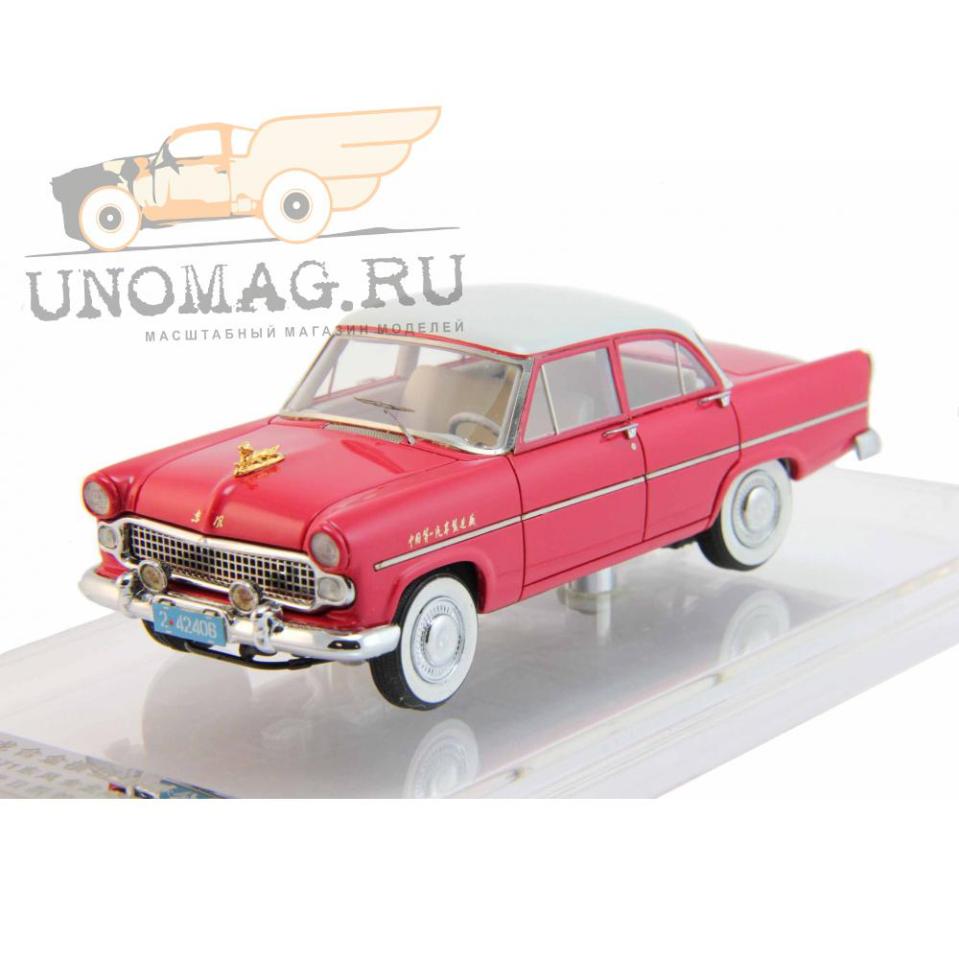
CENTURY DRAGON – Dongfeng Golden Dragon CA71 Sedan
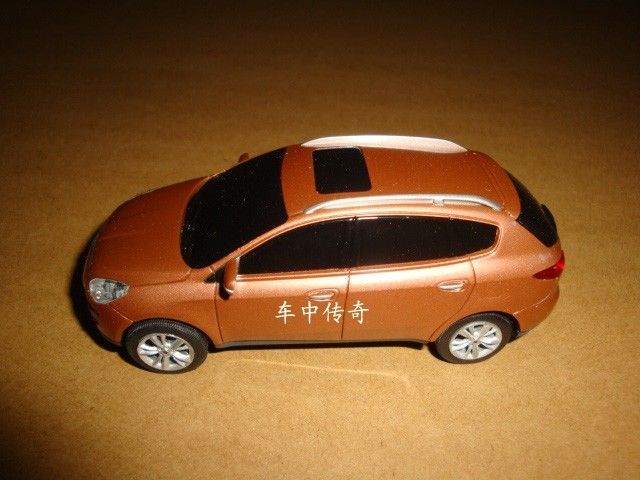
Dongfeng Yulon Luxgen 7 SUV
DONG FENG JOINT VENTURE
JOINT VENTURE CITROEN
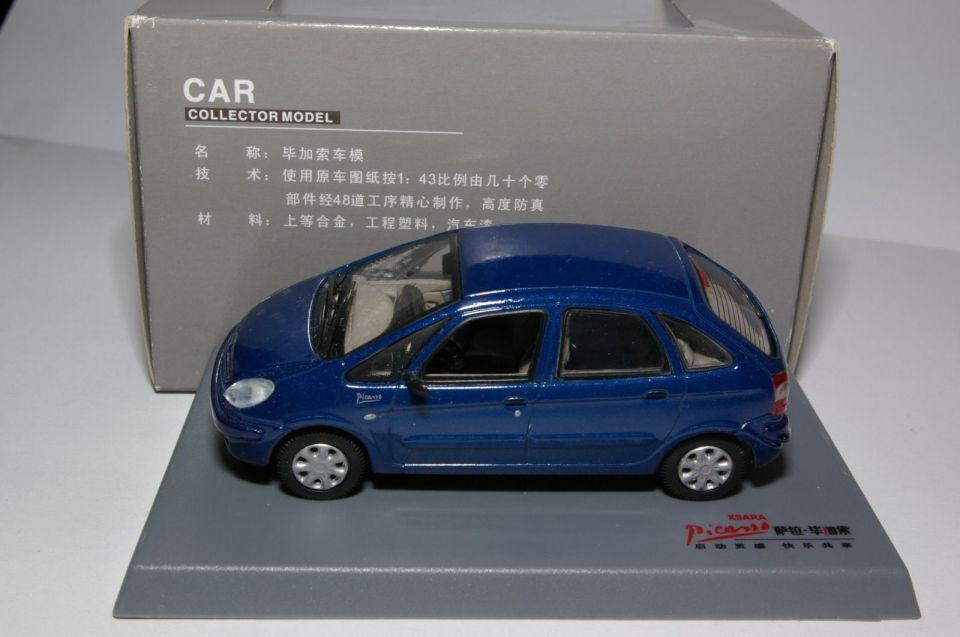
DONGFENG CITROEN XSARA PICASSO
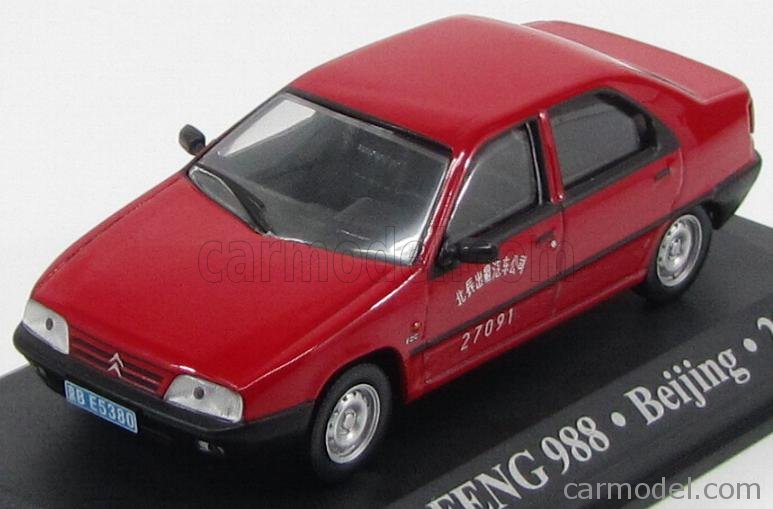
EDICOLA – CITROEN – ZX BERLINA TAXI DONG FENG 988 BEIJING 2000
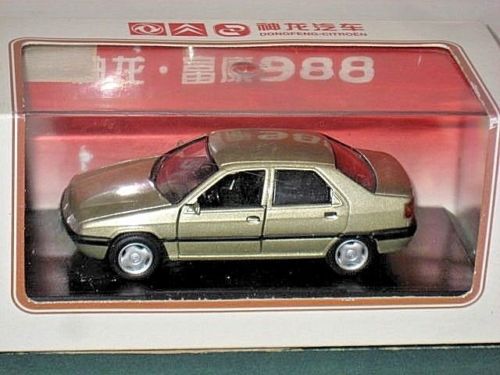
China Dongfeng 1997 Citroen ZX Fukang 4-doors Sedan
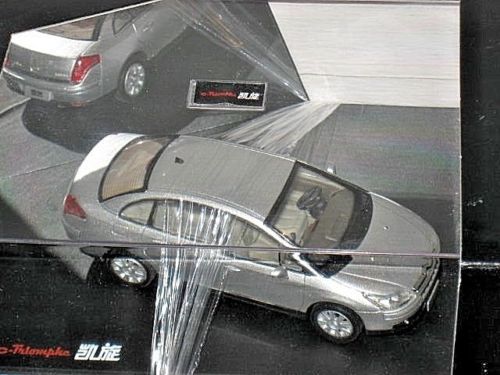
China Dongfeng 2006 Citroen Triomphe C4 4-doors Sedan
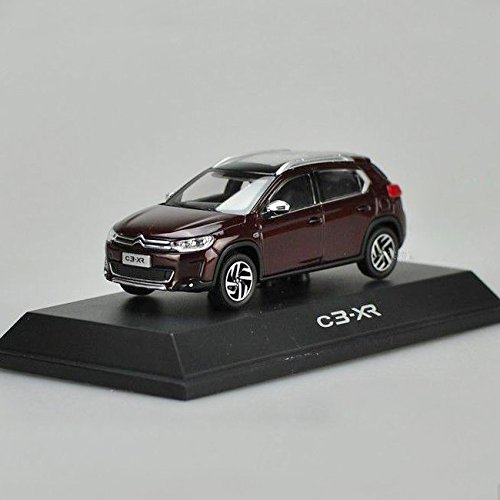
Dongfeng Citroen C3-XR
JOINT VENTURE NISSAN
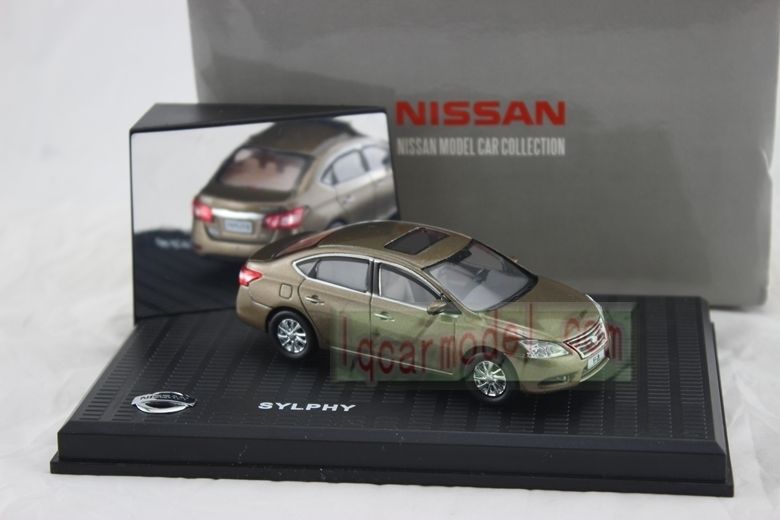
China ModelS DONGFENG – Nissan sylphy
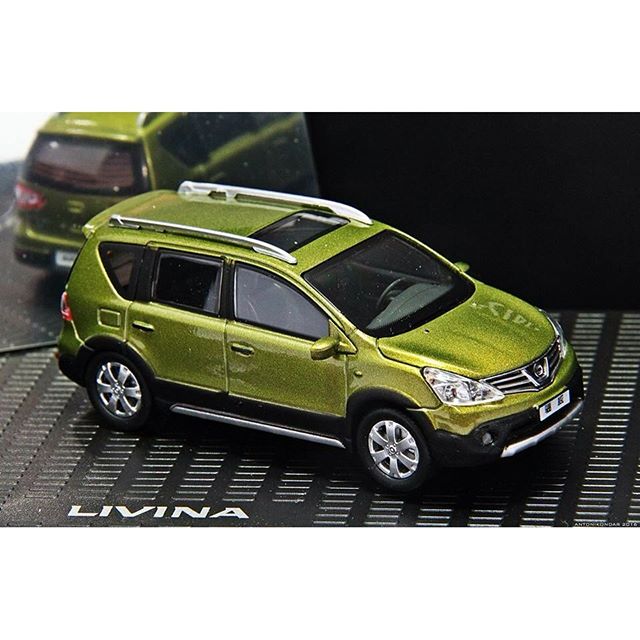
Dongfeng – Nissan China Livina X-Gear
